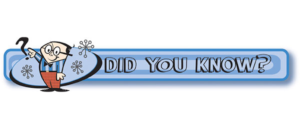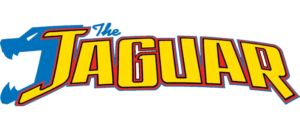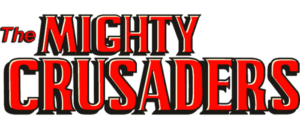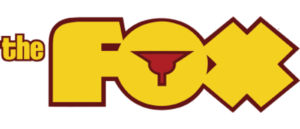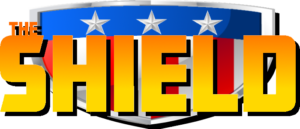Len Strazewski Interview
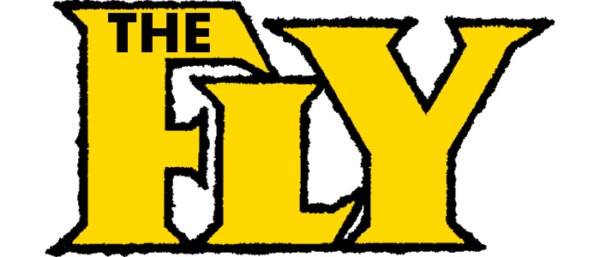
What brought you to Impact?
Not what, but who! Mike Gold and Brian Augustyn put the team together.
How did you end up writing two series for the line?
I think it related to how much time I had available and my participation in the original brainstorming. I was looking to expand my involvement in comics and had time available for more than one project. Also, I was very aggressive during our brainstorming sessions and I think the editors recognized my excitement for the concepts.
What kind of research did you have to do for the Fly and the Web?
I read some of the old Red Circle books, of course, but I also did a lot of demographic research on younger readers. Our original intention was to make the !mpact books accessible to new comic readers-a somewhat younger audience that had not read comics before
Which of the two series did you like better?
The Fly was more consistently enjoyable. Working with Mike Parobeck was a tremendous joy and seeing his pencils on my scripts always made me giddy.
Was there concern over Joe Simon’s claim of ownership of the name “The Fly”?
Not by me. I can’t recall anyone at DC raising the issue-except that we shouldn’t duplicate the origins from the original series.
In the Web #3, a flashback panel shows the Web in a uniform similar to the MLJ/Red Circle version. Is there any reason that uniform never showed up again?
No special reason. My original intention was for the costume of the original Web agent, who later became know as the Sunshine Kid, to have a similar costume.
Did you get to choose the artistic contributors to the two series?
No, but I knew Mike Parobeck from before !mpact and wanted to work with him. Mike was local and a protege of Brian Augustyn. He and I worked on a charity project, “Quest for Dreams Lost,” for the Literacy Volunteers of Chicago.
I didn’t really know Tom Artis, but I generally enjoyed working with him and he was a very serious contributor to the concepts of the Web. Many of the characters and most of the names came from Tom Artis’ military background. Tom is wildly creative.
What are your thoughts on the late Mike Parobeck?
Mike is my favorite artist of all my comic collaborators. He was a story-telling genius and his style set the pace for the animation style cartooning that now has become popular. He never got the credit he deserved and stupid editors at DC often attacked his work.
I believe that while working in comics gave him great joy, the way he was treated by some editors contributed to the health problems that led to his early death. In particular, I have told but I cannot confirm that DC Executive Editor Mike Carlin did not think his work was appropriate for super hero comics. This got back to Parobeck and upset him greatly. Mike always lacked self-esteem and the comic process undermined it further.
I miss him. Whenever I think about doing comics again, I think about how Mike’s passion for comics went unrewarded. If DC ever wanted to redress the wrongs I believe they did him, they could reprint The FLY and our JSA series.
Why did Tom Artis leave the Web after only a handful of issues?
Tom has a variety of conflicts with DC over payment and deadlines. He kept claiming that checks were not reaching him. DC kept producing documents that indicated the checks had reached him. Tom was never happy with his inkers and never quite able to keep up with the schedule demands.
How involved were you with the Web’s appearances in the other Impact books?
Generally we all brainstormed together and talked between us about appearances of our characters.
Were there any characters from the MLJ/Red Circle line you wanted to see used that weren’t?
Not really. We used the best. I think
What was your part in the development of BlackJack and Fireball (both visuals and characterization)?
Hard to remember. Brian Augustyn was heavily involved on the character creation of both and Mike did the visuals. I can’t recall contributing very much to either.
You were the writer of The Web 1-12. Why were you no longer writing on #13 and 14?
Michael Golden, who along with Jim Owlsley, rank among the worst and most duplicitous editors with whom I have ever worked, assigned the stories to someone else. Golden was a jerk who didn’t return telephone calls, so I can’t explain his motivation. I found out that I was not writing the last episodes from the schedule director at DC, not my editor. None of the decisions were ever discussed with me.
What did you have in store for the Fly, had it not been cancelled?
Lots of stuff, but I can’t remember now. Sorry.
Was Jason Troy, Sr, ever going to learn the Fly’s secret?
Sure. At some point.
Did you ever consider having a Fly-Girl in the series?
Sure. She would have showed up eventually.
Did you sense Impact’s demise before being officially told the line was being cancelled?
No, but we knew sales were not good.
What are/were your thoughts on Crucible?
DC says it was a last ditch attempt to save the line. Actually, I believe it was just another attempt by Jim Owsley to give work to his friends inside the company-a favorite tactic by editors at the time. I didn’t really read the issues, but I am told that much of what went on was the result of ideas discussed at the !mpact creators retreat though they were not credited.
What was your personal favorite issue that you did for Impact?
I haven’t read the series in a long time, but I always liked the origin story of the Fly.
What, if anything, would you have changed about your work on the Fly and/or the Web?
Nothing on the Fly. I would have tightened the focus and the storyline on the Web series. In retrospect, I think we tried to tell too many stories too quickly.
Why do you think Impact Comics didn’t survive past it’s second birthday?
Lots of reasons, but some major contributors were:
–DC Comic marketing botched the deal. We intended the series to be available to an audience that was trying comics for the first time. However, the comics were never made available to that audience. They were simply added to the glut of comics sold in the direct market to existing comics fans.
At the time shop owners were starting to have budget problems. I was told by several storeowners that when they asked DC marketing how to allocate their sales, they were told the !mpact books should be a last priority.
–Change in editorial leadership undermined the creative focus. When Jim Owsley took over the leadership of the editors, he seemed anxious to bring in personal friends and his own ideas. He was unbelievably arrogant and quite the bully. When he was hired at DC, he was assigned to edit the FLY, but after he sent me a stupid, arrogant letter about how he wanted scripts prepared, I refused to work with him. Mike Gold neatly avoided the conflict and switched editors.
To this day, I believe DC does not properly train its editors and maintains very poor oversight of their work. As a journalist and former magazine editor with more than 25 years of publishing experience, I can say without any doubt that the comics industry has the worst group of editors I have ever seen. Most have no formal training as editors. Many are failed artists or writers or wannabees interested in developing their own creator careers, not fostering the work of others.
What are your thoughts on the “Impact ruined the characters” thinking?
Please communicate the following to the folks who say that. “Blow me.”
Would you tackle the characters again, if given the chance?
Sure.
Do you have a “personal favorites” list (for fans who might want to pick up some of your other work?)
I still recall fondly my JSA series with Mike Parobek, PRIME written with Gerry Jones and PROTOTYPE written with Tom Mason. Although my involvement with TROLLORDS was mainly as a coach and editor, I liked all of those books very much. The creators are Scott Beaderstadt and Pail Fricke.

